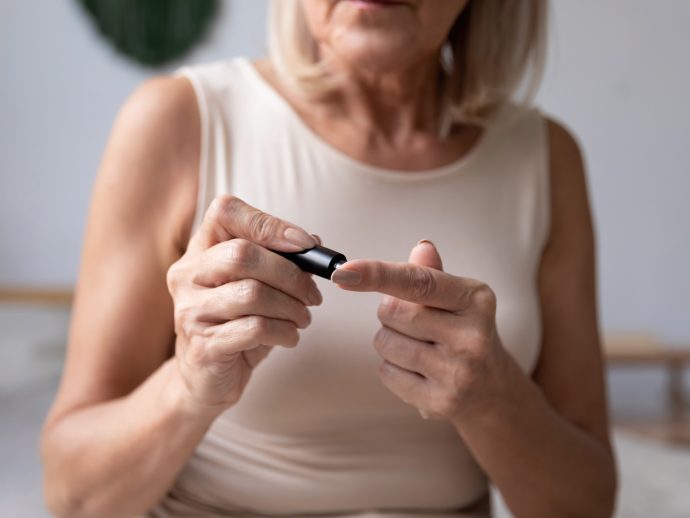
Diabetes is now so common that it may be easy to forget the devastating consequences of this disease. Understanding this condition, its symptoms, and treatment strategies is the cornerstone of living well with diabetes.
Types 1, 2 … and 3c?
Our bodies get glucose from most foods in the diet (even broccoli) and circulate it through the bloodstream. Insulin, produced by the pancreas, escorts sugar into the cells, nourishing them and enabling our survival. If insulin is unavailable or ineffective, blood sugar levels escalate, leading to a diagnosis of diabetes.
In type 1 diabetes, an autoimmune attack on the pancreas damages the insulin-producing beta cells, preventing insulin production. Surgeries or diseases such as cystic fibrosis and pancreatitis can also destroy beta cells, causing the lesser-known type 3c diabetes. People with type 1 or 3c diabetes rely on life-saving insulin injections for survival.
By contrast, insulin is abundant in type 2 diabetes but blood sugar levels skyrocket nevertheless. The culprit? Insulin resistance. In this metabolic state, the body’s cells cannot respond to insulin signalling, leaving glucose stranded in the blood. Treatment of type 2 diabetes aims to improve the body’s response to insulin.
Is sugar really that bad?
Although sweets and processed foods may seem harmless, high blood levels are anything but benign. Glucose binds to cells, causing extensive damage to the cardiovascular system, hardening arteries, and depriving vital organs of blood. People with all forms of diabetes have cardiovascular disease, kidney and liver failure, blindness, and even amputation more often than nondiabetics.
Surgeries, infections, and dental procedures are more complicated for diabetics, as glucose slows wound healing and suppresses immunity. Nerve damage from high sugar levels cause digestive problems and painful numbness and tingling in the feet, while also decimating sexual function. Sadly, sugar really is that bad.
Treatments for diabetes
The goal for all diabetics is to control blood sugar levels. Doing so may soften the impact of life-altering complications.
To manage sugars, type 1 diabetics replace the insulin their bodies no longer make, although some people may receive islet-cell transplantation to restore insulin production. Insulin is injected several times per day or through a continuous insulin pump.
Exercise, illness, surgery, or even delayed meals can change blood sugar levels dramatically, requiring constant vigilance of glucose levels and insulin dosing. Using too much or too little insulin can create a life-threatening health crisis in moments.
In type 2 diabetes, blood sugar levels are reduced by restoring sensitivity to insulin. Diabetics of all persuasions can benefit from appropriate weight maintenance while reducing dietary sugar and eating whole foods that are high in fiber and plant content.
Regular exercise, even a daily walk, can curb blood sugar surges, especially if done after eating. Be sure to advise your prescriber if you make big changes, in case medications need adjusting.
Supplements, including berberine and inositol, may promote insulin sensitivity quite effectively, but as Dr. Tara Andresen, ND, says, “the most profound, healing impacts come from focused lifestyle changes.” Weight loss, a healthy diet, and exercise can put type 2 diabetes into remission.
Diagnosing diabetes
Three classic symptoms are associated with all forms of diabetes:
- increased thirst
- increased hunger
- increased urination
Fatigue, irritability, and blurred vision are additional warning signs.
Unintentional weight loss can herald a type 1 diagnosis, and symptoms can come on very quickly.
Symptoms in type 2 come on more slowly and can include frequent infections, slow wound healing, and tingling in extremities.
Diabetes may also have no symptoms at all. Consider periodic blood testing with your health care practitioner, especially if you are at increased risk.
By Dr. Gillian Flower, ND






